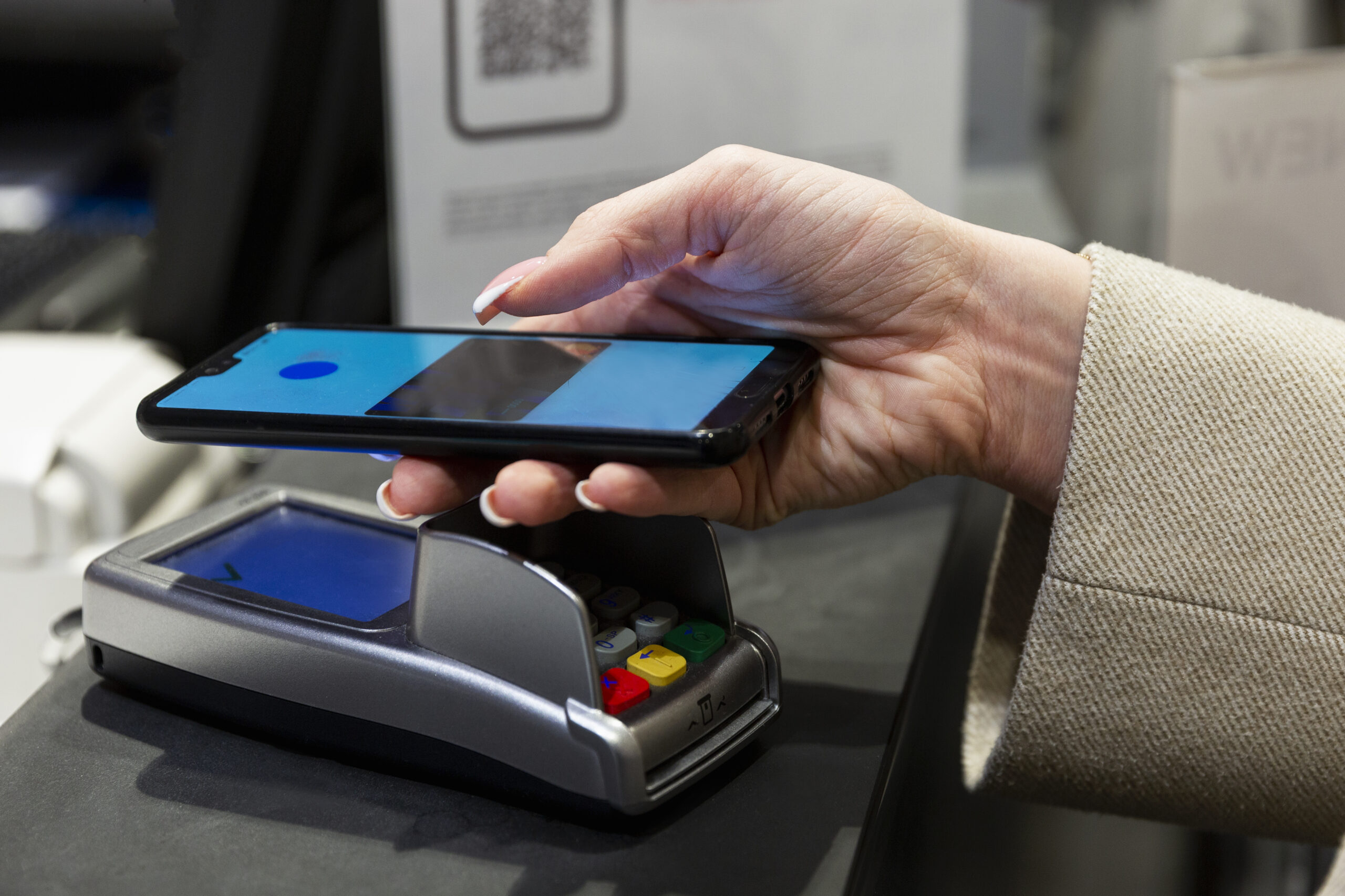Privacy Policy
This website uses cookies to ensure you get the best experience on our website. To learn more, please visit our Privacy Policy, Terms of Service and Disclaimer. By continuing to use this site, or closing this box, you consent to our use of cookies and terms of service.



